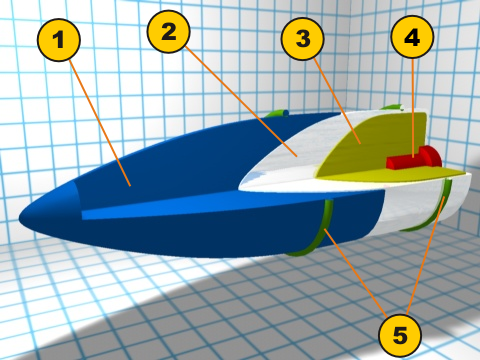far too much talk of penetration starts the mind wandering. 
Only to those who feel like derailing a thread.
Someone posted a video in a different thread I think, about the WW2OL GV physics model and damage model.
That was me in the first reply to this thread.

Starting to wonder how many ignore lists I'm on.
Also shells not going threw trees or shrubs.... Why is that...
Don't think of it as a tree or a shrub. It's merely meant to be cover.
AP has an HE charge?
APBC (Armor Piercing Ballistic Cap) Round, which was the popular round of the time I believe. At least it was for the Tiger.

1 Light weight ballistic cap
2 Steel alloy piercing shell
3 Desensitized bursting charge (TNT, Trinitrophenol, RDX...)
4 Fuse (set with delay to explode inside the target)
5 Bourrelet (front) and driving band (rear)
Basically, the blue piece is made of a light, relatively soft metal formed into a very aerodynamic shape to help the round fly. On impact, it "squishes" and melts away and the white impacts the armor. This piece is generally blunted so as to resist the effects of sloped armor trying to shrug off the shell. Once through, the fuse set off the HE charge in the rear.
APCR (Armor Piercing Composite Rigid, also called HVAP by the Americans) was also used, but due to being lighter it was less effective at range.
It's interesting to me that back then, you didn't want the part of the shell that was to do the piercing to be all that pointy. Most would imagine emulating an arrow or spear. In reality, it was simply a contest of a big heavy slug trying to literally punch its way through the armor with sheer force. Now-a-days we've got better metals and whatnot, allowing our tanks to use sabot AP rounds which literally are metal arrows but don't contain a bursting charge.